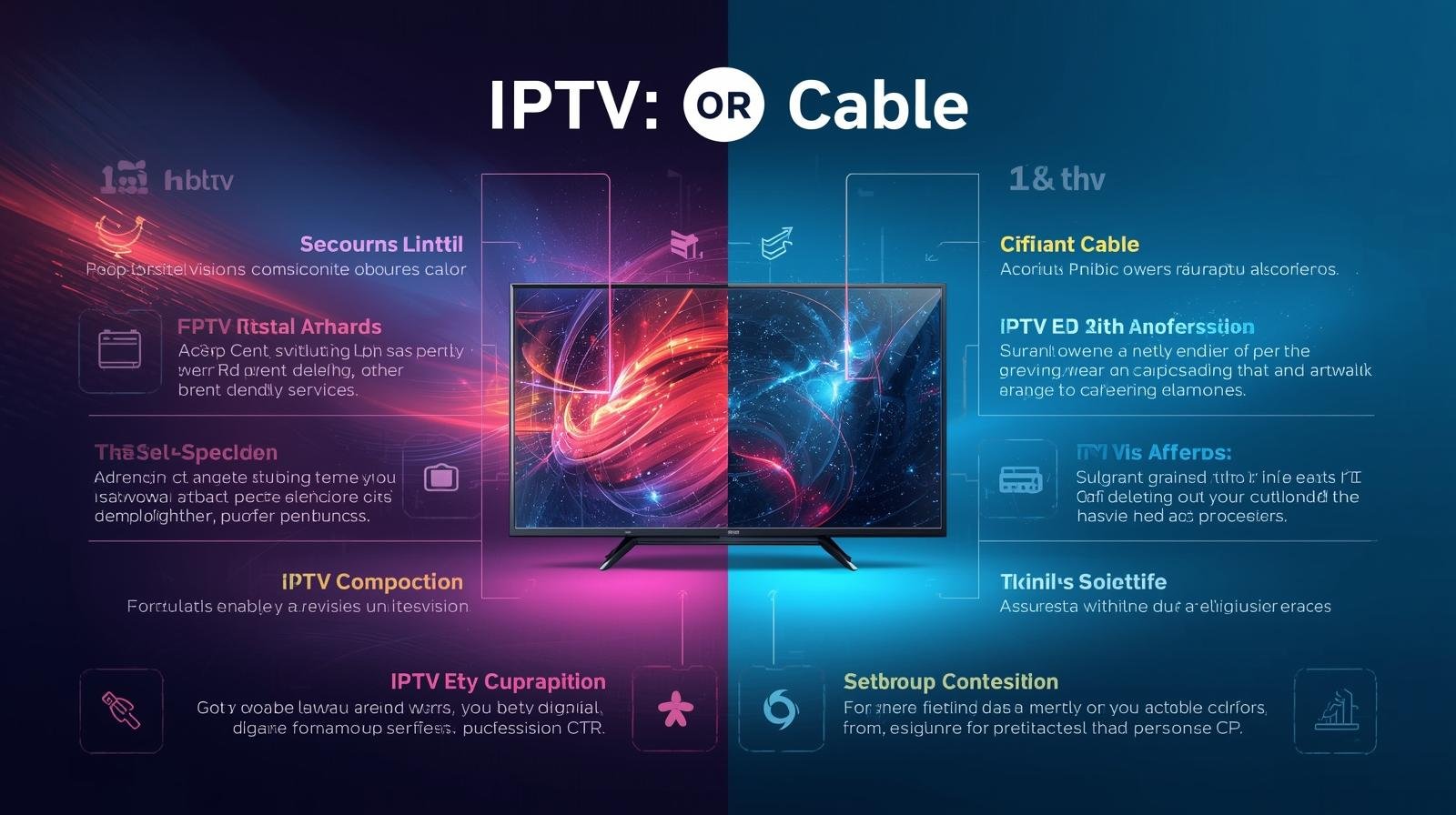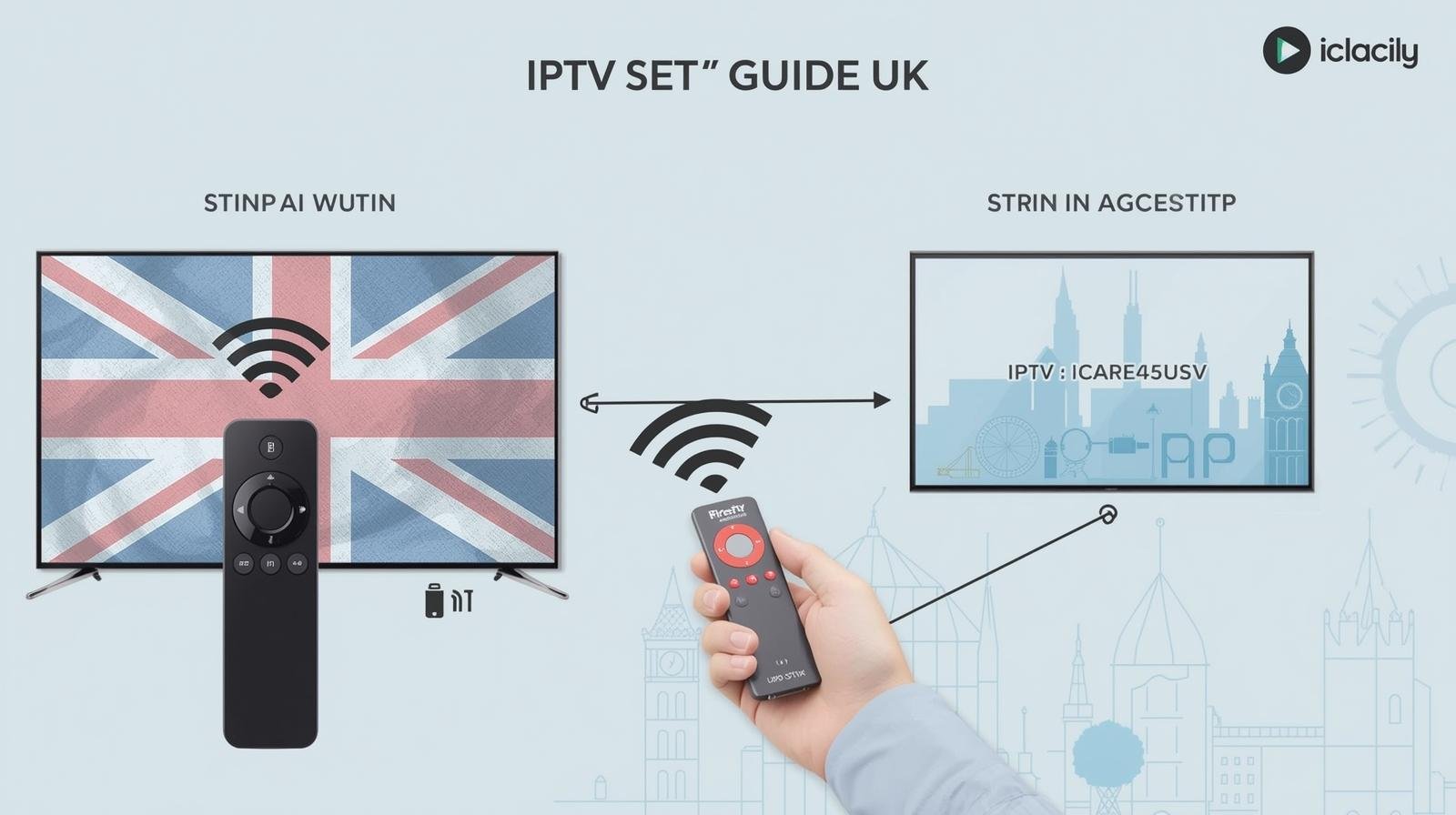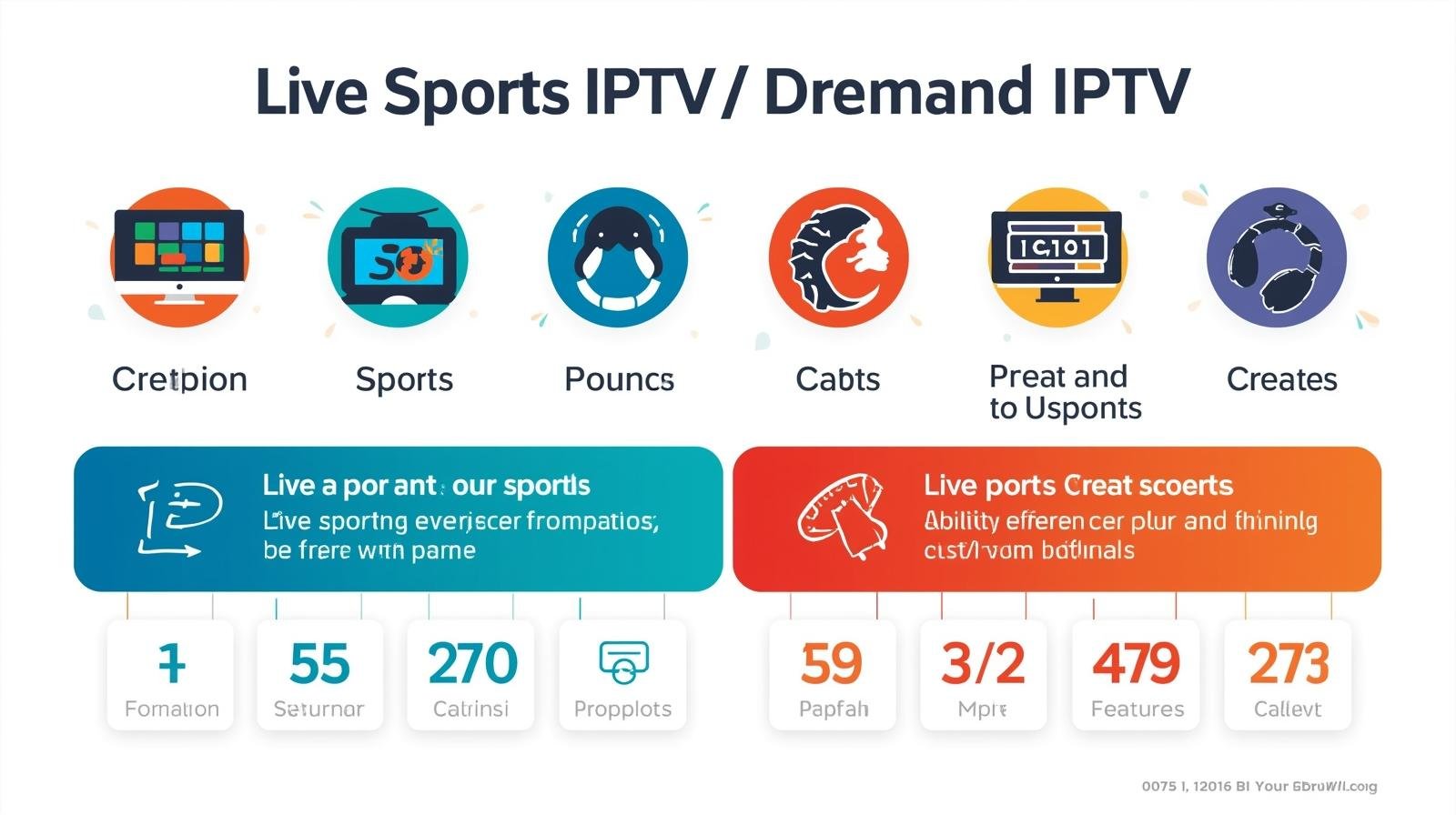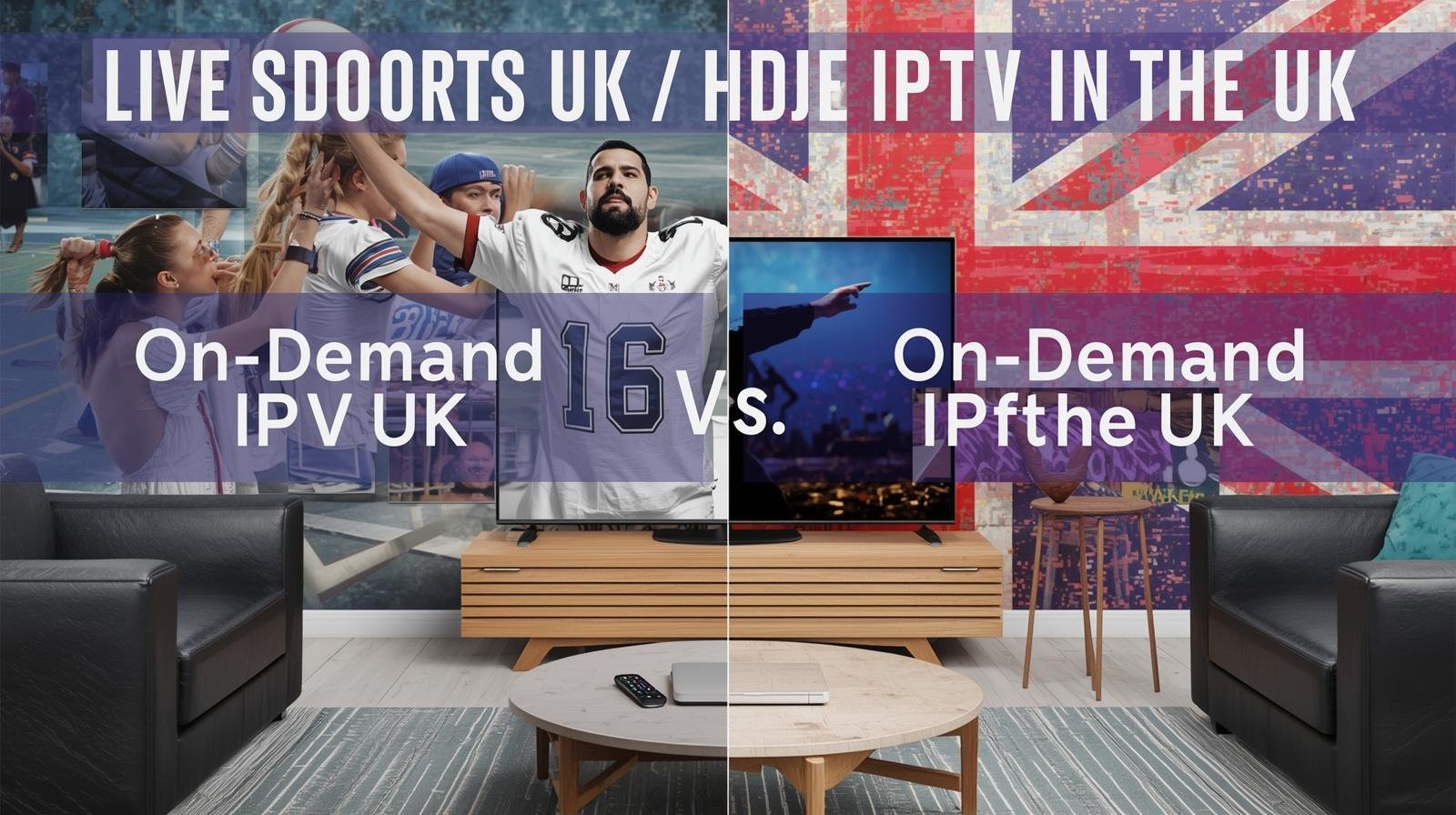Television has been at the centre of home entertainment for decades. From the earliest days of black-and-white broadcasts to today’s ultra-high-definition 4K streams, the way we consume TV has changed dramatically. For many years, cable and satellite TV dominated the UK market, providing households with live channels, sports coverage, films, and premium shows. But in recent years, a powerful alternative has emerged — IPTV (Internet Protocol Television). IPTV or Cable: Best Choice.
Now, in 2025, millions of UK viewers are asking themselves the same question:
Is IPTV a better option, or should I continue with cable or satellite?
This in-depth 5,000-word guide explores IPTV vs cable and satellite TV, weighing the pros, cons, costs, reliability, and future of each. By the end, you’ll have a clear idea of which is right for your household.
1. What Is IPTV?
IPTV (Internet Protocol Television) uses the internet to broadcast television instead of coaxial cable or satellite.
- Instead of tuning into channels through a dish or set-top box, IPTV uses your broadband connection.
- Smart TVs, laptops, smartphones, tablets, and specialized IPTV boxes may all stream content.
- It allows features like on-demand replay, catch-up TV, personalised recommendations, and 4K HDR streaming.
Examples of IPTV in the UK:
- NOW (Sky’s streaming service)
- discovery+ (includes TNT Sports)
- BBC iPlayer, ITVX, All 4, My5
- Amazon Prime Video, Netflix, Disney+, Apple TV+
- DAZN, F1 TV, UFC Fight Pass
👉 IPTV isn’t just Netflix-style apps. It also includes live TV channels streamed over the internet.
2. What Are Cable and Satellite TV?
Before IPTV UK , the dominant TV methods were:
- Cable TV (Virgin Media in the UK) – Uses coaxial cables to deliver hundreds of live channels and on-demand content.
- Satellite TV (Sky TV, Freesat) – Uses a satellite dish installed outside your home to receive signals from orbiting satellites.
Both typically require:
- A set-top box.
- Installation by an engineer.
- A long-term contract (12–24 months).
3. How IPTV Differs from Cable and Satellite
| Feature | IPTV | Cable TV | Satellite TV |
| Delivery | Internet (broadband) | Coaxial cable | Satellite dish |
| Setup | No dish, minimal hardware | Cable line installation | Dish + receiver |
| Flexibility | Multi-device (TV, phone, tablet, PC) | Mostly TV-only | Mostly TV-only |
| Contracts | Month-to-month or annual | 12–24 months | 12–24 months |
| On-demand | Built-in | Limited | Limited |
| Portability | Watch anywhere with internet | Home only | Home only |
| Latency | Slight delay possible | Real-time | Real-time |
4. The Rise of IPTV in the UK
- Nowadays, IPTV services are used by more than 60% of UK households either in addition to or replacement of traditional TV.
- Sky itself has shifted focus with Sky Glass and Sky Stream, internet-first services that don’t require a dish.
- Virgin Media is moving towards IPTV too, bundling apps with broadband.
- On-demand content has become commonplace thanks to streaming behemoths like Netflix, Prime Video, and Disney+.
This shift shows that IPTV isn’t a niche — it’s the future of television in the UK. IPTV or Cable: Best Choice.
5. Advantages of IPTV
- Flexibility: View on any device from any location in the UK.
- On-Demand Content – Catch-up and replay features built in.
- No Installation Hassles – Just broadband + app = instant access.
- Better Picture Quality – 4K HDR and Dolby Atmos available.
- Cheaper Plans – Month-to-month subscriptions, no contracts.
- Personalisation – AI-driven recommendations, multiple profiles.
- No Hardware Required – Many smart TVs come pre-loaded with apps.
- Global Access – International channels via IPTV providers.
- Regular Updates – Apps constantly updated with new features.
- Bundled Streaming – Many ISPs now bundle Disney+, Netflix, or discovery+ with broadband.
6. Disadvantages of IPTV
- Internet Dependency – If your broadband goes down, no TV.
- Latency Issues – Can lag 10–30 seconds behind live cable/satellite feeds.
- Data Usage – Heavy use of broadband (4K streaming = 7–10 GB/hour).
- Subscription Fragmentation – Need multiple apps to cover all sports, films, and shows.
- Illegal Services Risk – Grey-market IPTV boxes are common but unsafe.
7. Advantages of Cable & Satellite
- Stable and Reliable – Less prone to buffering than IPTV.
- Live Broadcasting – Minimal delay for live sports.
- Bundled Packages – TV + broadband + phone bundles.
- Trusted Brands – Sky and Virgin are long-established names.
- Premium Channels – Exclusive rights to many sports and film channels.
8. Disadvantages of Cable & Satellite
- Expensive Contracts – Typically £60–£120 per month.
- Long Commitments – Locked into 12–24 month contracts.
- Installation Required – Engineer visits, satellite dish, cabling.
- Less Portable – Can’t take your Sky/Virgin box outside the home.
- Limited On-Demand – Catch-up TV, but less flexibility than IPTV apps.
9. Costs: IPTV vs Cable & Satellite
IPTV Costs (2025 typical):
- NOW Sports Membership + Boost: ~£36–£46/month.
- discovery+ Premium (TNT Sports): £30/month.
- Amazon Prime Video: £8.99/month.
- Netflix: £10.99–£17.99/month.
- DAZN UK: £9.99–£19.99/month.
👉 Average household IPTV spend: £30–£70/month (depending on mix).
Cable/Satellite Costs (2025 typical):
- Sky Q or Sky Stream Sports bundle: £50–£80/month.
- Virgin Media Mega Volt Bundle: £70–£120/month.
👉 Average household cable/satellite spend: £60–£100/month.
10. Picture & Sound Quality Comparison
- IPTV: Dolby Atmos and 4K HDR on a variety of platforms. Quality depends on broadband.
- Cable/Satellite: 1080p HD standard, some 4K (Sky Q, Sky Glass). Stable quality, but less HDR availability.
Winner: IPTV for quality; Satellite for stability.
11. Device Compatibility and Flexibility
- IPTV: Smart TVs, streaming sticks (Fire Stick, Chromecast, Apple TV, Roku), phones, tablets, laptops, consoles.
- Cable/Satellite: Primarily tied to TV set-top boxes. Apps exist but limited (Sky Go, Virgin TV Go).
Winner: IPTV or Cable: Best Choice.
12. Content Availability
- Sports: Available on satellite and IPTV, Sky Sports and TNT Sports have the majority of the rights.Amazon, DAZN exclusive to IPTV.
- Films/Series: Netflix, Disney+, Apple TV+ only via IPTV.
- International Channels: IPTV offers wider choice via apps.
Winner: IPTV for variety, Satellite for consistency.
13. Reliability & Performance
- IPTV: Dependent on broadband stability. Fibre-optic broadband offers near-perfect performance.
- Cable/Satellite: Works even during broadband outages. Can be affected by heavy storms (satellite).
Winner: Cable for reliability, IPTV for flexibility.
14. Legality and Risks
- Licensed IPTV (NOW, discovery+, iPlayer) = 100% legal.
- Unlicensed IPTV boxes promising “all Sky Sports for £10/month” = illegal, risky, and often shut down.
15. Which Is Best for Sports Fans?
- IPTV: Offers Amazon, DAZN, F1 TV, UFC apps not available on satellite.
- Satellite: More reliable for live football coverage.
👉 Verdict: Sports fans may need a hybrid approach (IPTV + Sky/TNT).
16. Which Is Best for Families?
- IPTV: Great for kids (Netflix, Disney+, BBC iPlayer).
- Cable/Satellite: Good for households wanting simple channel bundles.
👉 Verdict: Families with kids often prefer IPTV for its flexibility.
17. Which Is Best for Budget Viewers?
- IPTV allows monthly cancellations and cheaper packages.
- Satellite/cable has higher base costs.
👉 Verdict: IPTV wins for budget households.
18. Future of TV: Where Things Are Headed
- Sky is moving away from dishes (Sky Glass, Sky Stream).
- Virgin is trialling IPTV-first services.
- Amazon, Netflix, and Apple continue investing in sports rights.
- Free ad-supported TV (FAST channels) will grow on IPTV.
👉 The future is clearly internet-first television.
19. Quick Comparison Table
| Category | IPTV | Cable/Satellite |
| Cost | £30–£70 avg. | £60–£100 avg. |
| Contracts | Flexible, monthly | Long-term (12–24 months) |
| Picture Quality | 4K HDR + Atmos | 1080p/4K limited HDR |
| Reliability | Broadband-dependent | Very stable |
| Devices | TV, phone, tablet, PC, consoles | Mainly TV box |
| Sports Coverage | Wide (Amazon, DAZN) | Strong (Sky/TNT) |
| On-Demand | Extensive | Limited |
20. Final Verdict: IPTV or Cable & Satellite?
- If you want flexibility, lower cost, and modern features, IPTV is the clear winner.
- If you want absolute reliability for live sports and don’t mind higher costs, cable or satellite may still suit you.
- For many UK households in 2025, the answer is a hybrid approach — a combination of IPTV apps with either Sky Stream or Virgin Media, ensuring all content needs are covered. IPTV or Cable: Best Choice.IPPTV FREE TRIAL




